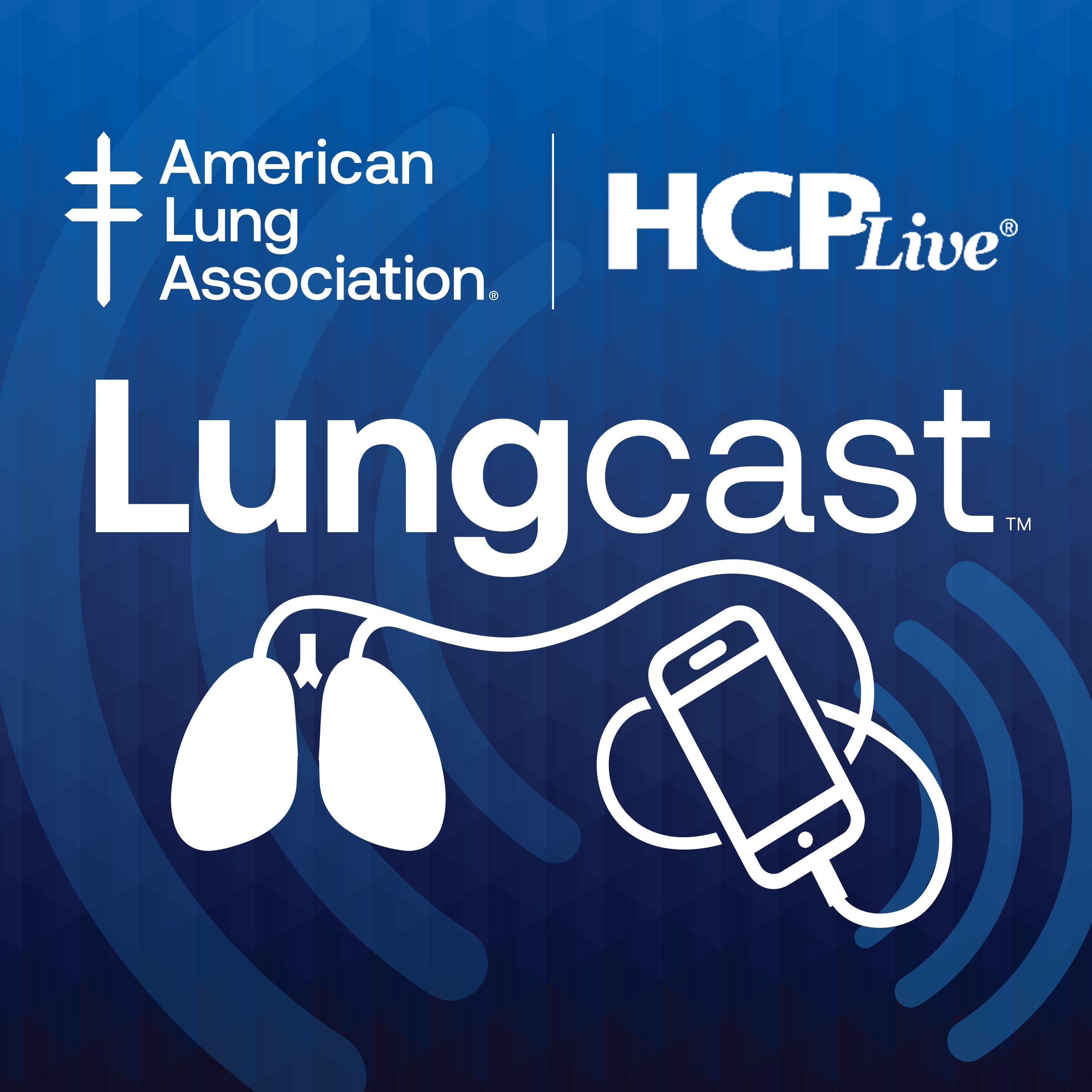Video
Stem Cell vs Gene Therapy Processes in SCD
Author(s):
A discussion of the course of gene therapy compared with stem cell therapy.
Ifeyinwa Osunkwo, MD, MPH: Pat, can you describe the steps people go through to do a bone marrow transplant to gene therapy? Set the stage to help people understand why busulfan and why we’re talking about mutations. Can you walk us through the whole gene therapy process?
Patrick McGann, MD, MS: With transplant or gene therapy, the term transplant could be autologous, meaning your own cell gene therapy transplant. It’s not as if you’re transplanting a solid organ or a kidney. Sometimes patients get confused about this. It’s looks like a blood transfusion hanging when it eventually goes in. For a bone marrow transplant, the donor—whoever that is—either gets a bone marrow aspiration, where they get bone marrow cells taken from their bone marrow, or a medicine to rev up their blood cells and get blood taken just from their vein. The patient needs to get prepared because they need to get rid of all their sickle cells. They need to suppress their immune system, so they don’t reject this foreign cell, which is someone else’s.
We use strong chemotherapy. If you have leukemia, as a comparison, you need to kill every last leukemia cell, and you get blasted with really strong chemotherapy agents and strong immunosuppressive agents. This is usually a week or so before; the days are counted backward. The cells that go in your body are most vulnerable to infection to everything. It’s a dangerous time. That’s when complications come in. If it’s a transplant, you get infused with that donor’s bone marrow cells and hope it takes. It takes some weeks’ time for your body to take those new cells, and you’re often receiving antibiotics and getting transfused and sustaining it, because your bone marrow is still not working. Basically, your immune system is suppressed. It’s a tough time.
Transplant conditioning, as this regimen is called, has gotten a little less toxic—reduced conditioning is the term. But that’s still serious conditioning. Even though it’s reduced from what it used to be, it’s a relative term. Gene therapy is a little different because you’re giving back your own cell. The way gene therapy happens is it’s ex vivo, meaning they take it out of your body. There are different ways that this is being done. Many patients need to have a bone marrow aspiration or many procedures to take enough cells out of their bone marrow to take them to the lab to fix them. There have been new ways to do this with peripheral blood and a medication called plerixafor, which is much better than going to the operating room for these horrible procedures.
Those cells are then taken to the lab and edited, or whatever the mechanism of gene therapy is. You still need to ablate your bone marrow to get rid of all your sickle cells. Because if you have any or many sickle cells in there, when you give back your edited gene cells, those will just take over. You still need to suppress that bone marrow. Because it’s your own cells, the immune suppression isn’t as much of a problem as it is with transplant. Still, it’s a week of pretty serious medicine—busulfan, traditionally—and you’re in the hospital for less of a period of time than transplant. It’s quite an ordeal. Similarly, it takes or doesn’t, and you monitor over time if that gene therapy has worked and whether it’s sustainable—cross your fingers—in the long term.
Ifeyinwa Osunkwo, MD, MPH: Basically, you have 2 options. The first option, you have to kill off their own bone marrow cells using chemotherapy. Then you give them somebody else’s bone marrow, like a blood transfusion. The stem cells from the other person finds its way into their bone marrow and then grows. Then you wait and see what happens. Do you fight it? Do you accept it? We know if it takes or not. For gene therapy, we take out the patient stem cells, take it to a laboratory. It’s usually in New Jersey—don’t ask me why. They manipulate it to pick out the gene they don’t want. Then they give that patient back their own modified stem cells and wait for it to grow. But you still have to wipe out that person’s bone marrow, so you don’t have this fight going on. Even though they’re your cells, they’re a little different with the new gene change that has been made. It’s a complicated process, and it’s really the only way to cure your disease. Either stem cell or gene therapy. We have had some setbacks in the past and more recently, but I believe that science is going to prevail. Over time we’re going to get to the point where we figure out the way to do this in the safest way to make it available to the most people with sickle cell disease and other blood disorders.
Thank you so much for watching this HCPLive® Peer Exchange. If you enjoyed the content, please subscribe to the e-newsletter to receive upcoming Peer Exchanges and other great content right in your in-box.
Transcript Edited for Clarity





